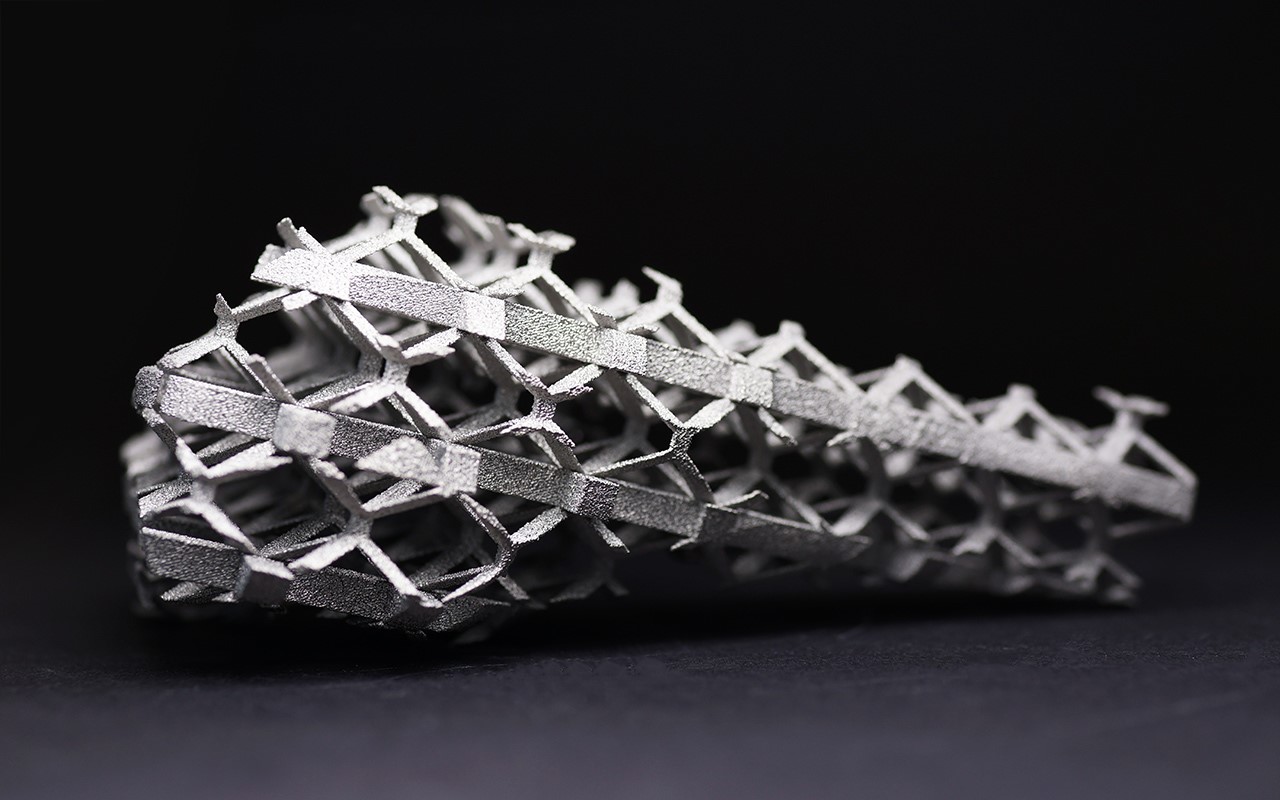With its unmatched flexibility, accuracy, and efficiency, 3D printing has become a game-changer in the manufacturing and prototype industries. Even if the idea of 3D printing is well known, it might be difficult to comprehend the wide range of technology used in this industry. Every technique has its own special set of capabilities and uses, including Selective Laser Melting (SLM), Stereolithography (SLA), Metal 3D Printing, and Selective Laser Sintering (SLS). To clear up any confusion surrounding these innovative technologies, let's take a tour through the fundamentals of 3D printing.

Selective Laser Melting (SLM)
The powder bed fusion method known as selective laser melting (SLM) is mostly employed in the additive production of metals. Using a powerful laser, metallic particles are selectively melted and fused layer by layer to create the required component in SLM 3D printing. This technology allows for extraordinary design flexibility, making it feasible to create complicated structures and complex geometries that would be hard to do with conventional production techniques. SLM is widely used in the aerospace, automotive, and medical sectors, where there is a great need for strong, lightweight metal components.
Stereolithography (SLA)
One of the first types of 3D printing was stereolithography (SLA). With SLA, liquid photopolymer resin is selectively cured layer by layer with a UV laser, hardening the material into the required shape. SLA 3D printing is frequently used in the jewelry, dental, and product design sectors for producing elaborate models, bespoke components, and precise prototypes with remarkable precision. It is well-known for its great accuracy and flawless surface finish.
3D Metal Printing
As the name implies, metal 3D printing is the additive production of metal parts using a variety of methods, including SLM, DMLS, and EBM (electro-beam melting). Metal 3D printing makes it possible to produce completely thick metal items with intricate internal geometries and unique features, in contrast to conventional machining techniques. By facilitating on-demand production, quick prototyping, and the creation of durable yet lightweight metal components for vital applications in aerospace, medical, and other industries, this technology is completely changing the industrial environment.
Selective Laser Sintering (SLS)
A powerful laser is used in the flexible 3D printing technique known as Selective Laser Sintering (SLS) to fuse powdered materials, usually polymers or plastics, into solid structures layer by layer. SLS 3D printing is perfect for producing complex designs and working prototypes with complicated geometries since it does not require support structures. Because SLS can operate with a broad variety of materials, such as nylon, polyamide, and even ceramics, it is useful in the automotive, consumer goods, and medical industries where end-use components and functional prototypes are needed.
A wide range of technologies, each with specific benefits and uses, are included in the field of tooling and molding. The possibilities provided by these sophisticated manufacturing processes are endless, whether it's employing SLM to produce lightweight aerospace components, SLA to create detailed prototypes, Metal 3D Printing to manufacture precise metal parts, or SLS to create functioning prototypes. The way we design, prototype, and produce things across a wide range of sectors will surely change as 3D printing develops and becomes more innovative. This will open the door to a future where products are more efficient and adaptable.
















